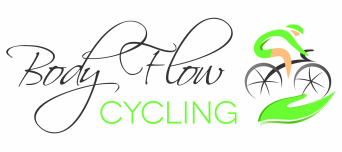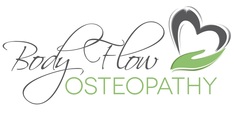|
After a great summer and long epic rides, this is the time to recover and preparing for next season.
Where to start improving performance? Let's have a look at our core strength and stability using the single leg bridge. Follow the video below, get into activation mode and attempt to keep the position for 10 seconds. Try to keep your pelvis as stable as possible, don't make it drop or shift on one side and look for instabilities. The single leg bridge is a simple and quick test to verify gluteal, abdominal and lower back muscle groups strength and asymmetries in bulk and motor/sensory control.
Thanks to www.rehabmypatient.com
0 Comments
|
AuthorMassimo Monticelli, osteopath intrigued by manual therapies with passion for cycling, biomechanics and bike fitting. Archives
June 2024
Categories
All
|

 RSS Feed
RSS Feed
